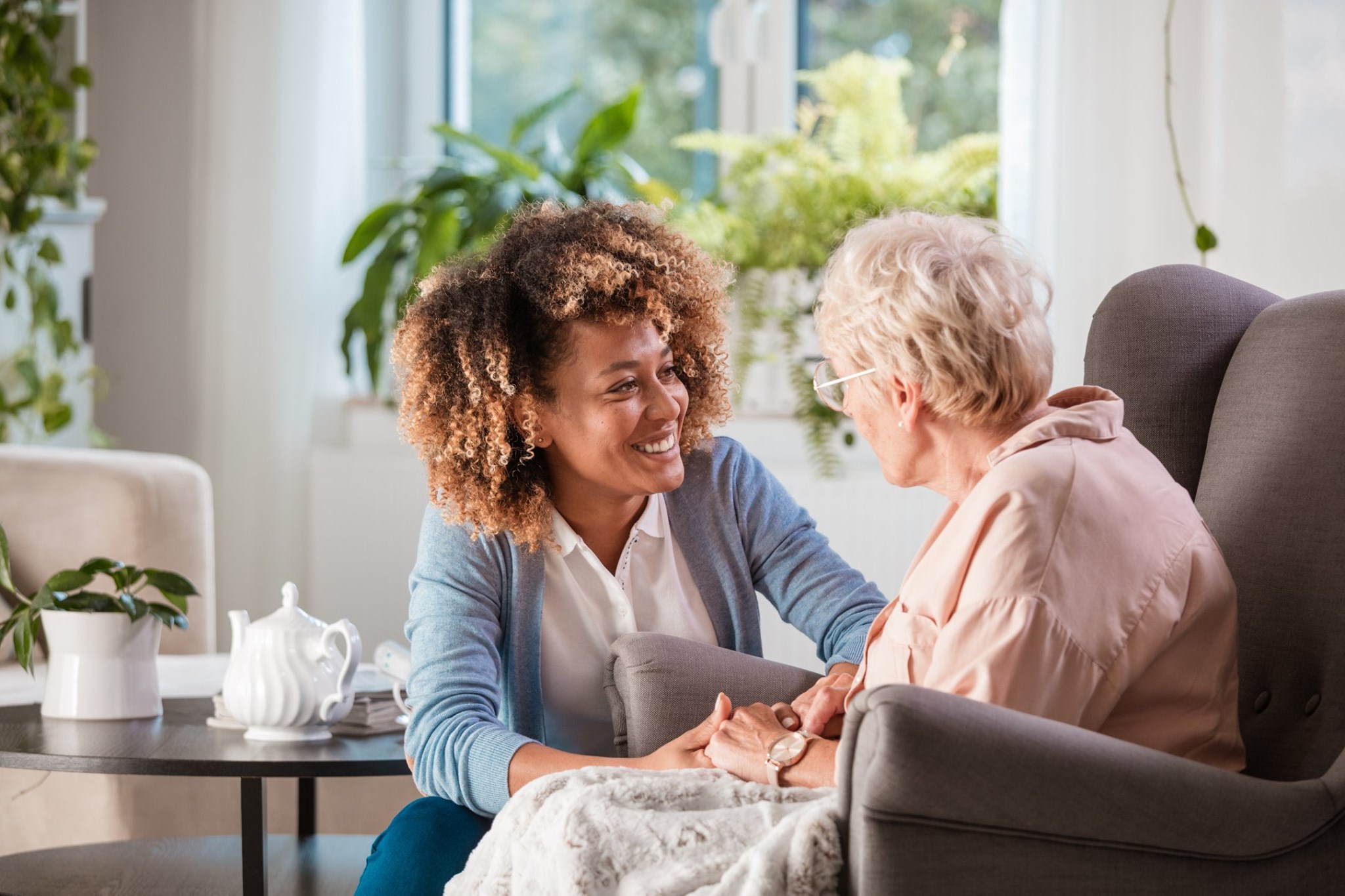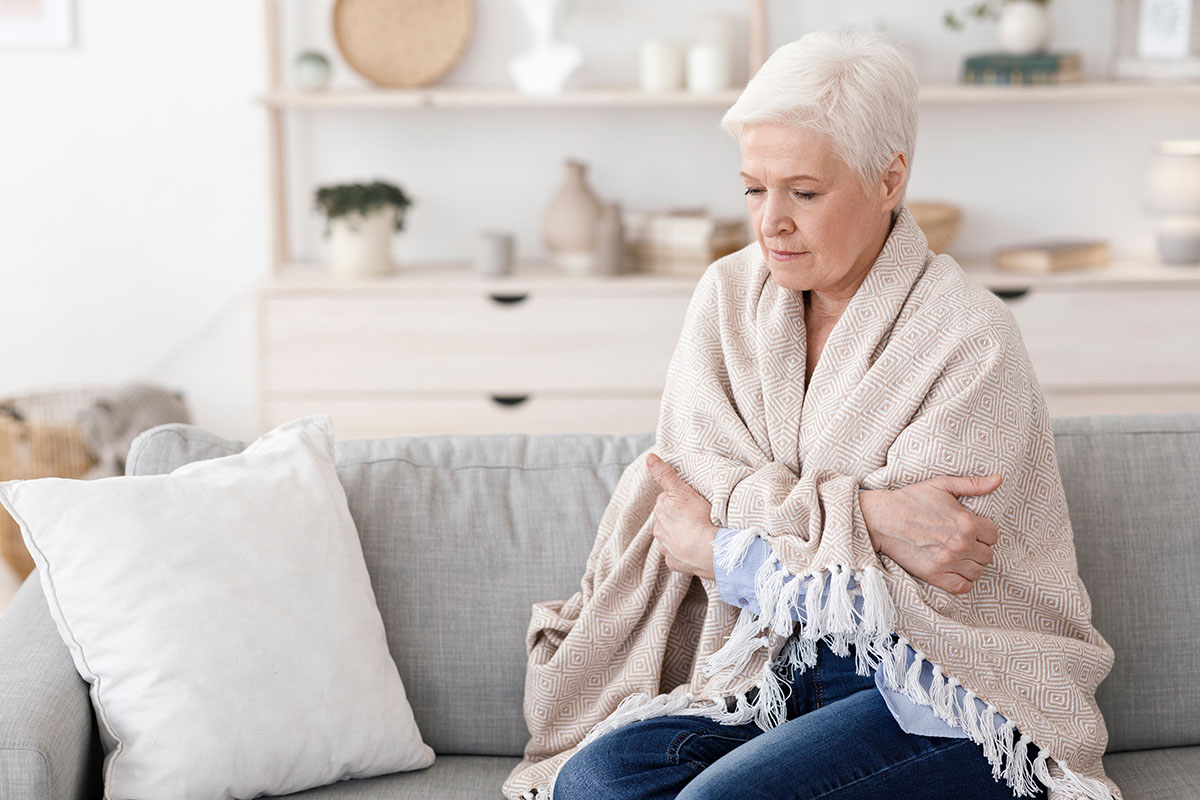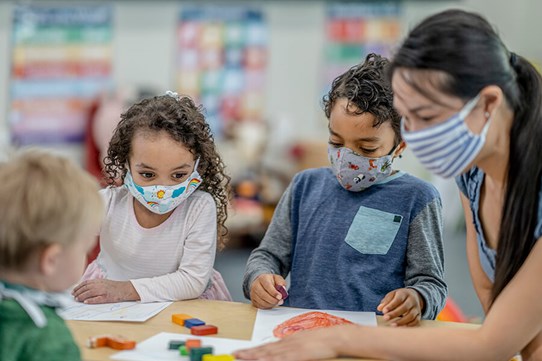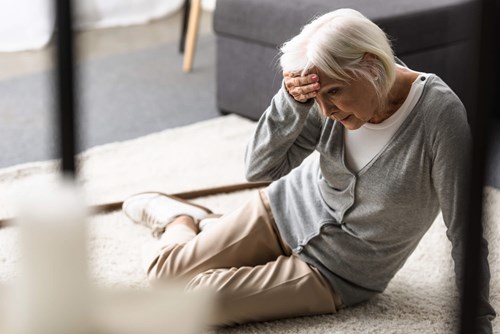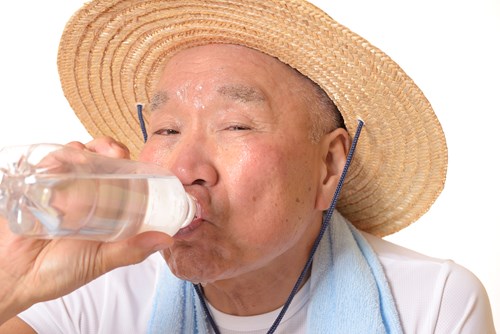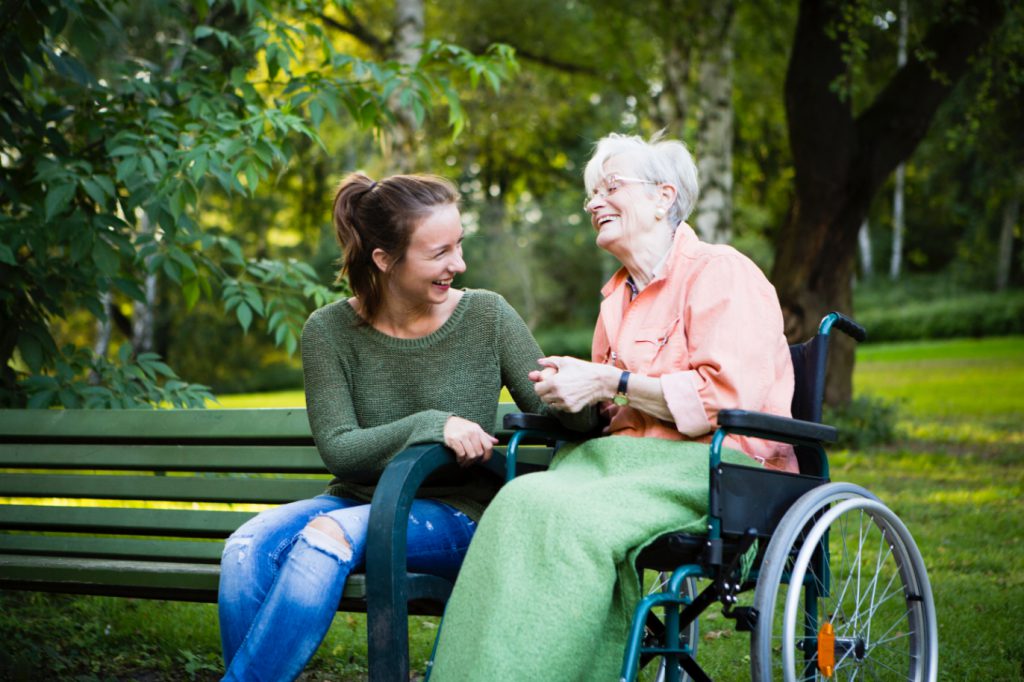Nobody likes feeling isolated from the world. Humans desire deep personal connections with other people. It isn’t even just a desire; it is a need. A study from the National Social Life, Health, and Aging Project reported that seniors who feel lonely and isolated are more likely to report also having poor physical and mental health. Many other research studies have come to similar conclusions.
The Proceedings of the National Academy of Sciences reports a higher risk of mortality due to social isolation and loneliness. Here are some significant factors regarding senior isolation that many people are less aware of:
-
- Geographical barriers contribute to social isolation in seniors. The National Council on Aging says that “One in six seniors living alone in the United States faces physical, cultural, and/or geographical barriers that isolate them from their peers and communities.”
- The future looks grim in their eyes. Socially isolated individuals anticipate a worse quality of life 5-10 years in the future.
- Due to lack of children and estrangement from family, LGBT seniors are twice as likely to live alone or remain single – increasing the risk of loneliness and social isolation. Researchers are not sure if this connection is a result of isolated adults being more likely to fall victim or if abusers are isolating elders.
- Loneliness is contagious. It’s complicated but true. Studies have shown that loneliness spreads due to negative social interactions and other factors. It’s important to help isolated people to join social situations and interact with other people.
- Volunteering helps reduce feelings of social isolation and loneliness. Not only are senior citizens great at volunteering and helping in their community, but it can significantly improve their quality of life.
- Unhealthy behavior and habits happen more in lonely and isolated individuals. People who experience loneliness are more likely to have poor diets, smoke, and drink alcohol. Social support is needed to encourage healthier lifestyles.
- Transportation is a significant factor in social isolation. Life expectancy exceeds safe driving expectancy, yet 41% of seniors reportedly do not feel that transportation in their community is adequate, according to the NCOA.
- Seniors aren’t the only ones who are at risk of social isolation. Caregivers often drown in the enormous amount of responsibility they have to take care of themselves, their families and their elderly loved one and often put aside personal and social enjoyment to take care of their duties. Thus, caregivers often feel the burdening effects of loneliness and depression.
Social isolation and loneliness only increase with the lack of deep, meaningful relationships that a person has. Quality of life is inhibited when spouses die, family lives far away, or health keeps seniors from being able to be active and social. But there are things that members of every community can do to reach out and help people that are struggling with social isolation and get them involved, active, and happy again. If you or a loved one are struggling with loneliness, we can help. Check out www.synergyhomecare.com for resources that make a difference.

